Kidney failure is one of the top causes of death for cats, especially older cats. Nearly 1 out of 3 senior cats suffer from chronic kidney disease.
While kidney disease is more common in senior cats, it has been diagnosed in cats as young as 3 years old, so it’s never too soon to take measures to try to prevent your cat from developing kidney problems and to make sure she is diagnosed as early as possible; with an early diagnosis, cats can live for many years with chronic kidney disease.
Unfortunately, by the time many people notice the symptoms of kidney disease in their cat, the animal has lost 75% of the function of their kidneys, and the prognosis isn’t as good. Here’s everything you need to know about chronic kidney disease.
What is chronic kidney disease?
According to Healthy Pets:
“Chronic kidney disease is also called chronic renal disease and chronic renal failure. It means the kidneys have been gradually and irreversibly deteriorating over a period of months or years. Chronic renal failure is unfortunately extremely common in older domestic cats and is a leading cause of death in kitties.
Certain breeds of cats seem predisposed to developing chronic kidney disease, including the Maine Coon, Abyssinian, Persian, Siamese, Russian Blue, and Burmese. Elderly cats usually develop some degree of kidney disease, and hyperthyroidism and chronic kidney disease tend to go hand in hand in many aging kitties.”
The basic unit of the kidney is the nephron, a microscopic funnel-shaped tube that helps to filter and absorb the fluids in your cat’s body. All cats start life with an abundance of functional nephrons in their kidneys, but over time nephrons are damaged, and eventually there are no more spare nephrons.
When a significant number of nephrons have been damaged, the kidneys lose function. Once two-thirds of a cat’s nephrons have been damaged, the kidneys can no longer conserve urine. The cat will start urinating large quantities of very dilute urine. As you can imagine, a 2/3 loss of function in the kidneys is a huge problem, and it can’t be reversed. That’s why early detection is crucial.
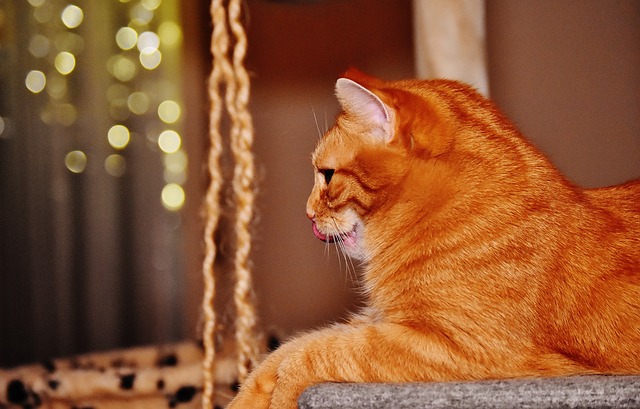
How is chronic kidney disease diagnosed?
The best way to get an early diagnosis is to bring your cat to the vet for once- or twice-yearly exams. Bringing your cat to the vet when she’s healthy can provide your vet with a baseline to know when something in your kitty changes. According to Pet Health Network:
“With careful abdominal palpation your veterinarian can detect irregular size and shape of the kidneys (either too large or too small); renal asymmetry (one big and one little kidney); painful kidneys; or possibly firm stones in the urinary pathway, which all confirm urinary disease.
If you’re concerned about your cat possibly suffering from kidney disease, you should know about Pretty Litter. Pretty Litter can help you detect signs of kidney disease early. Its unique, color-changing crystals will alert you to signs of trouble in your cats urine, including metabolic issues, kidney problems, and even the presence of blood in your cat’s pee. And you never have to worry about running out – it ships right to you and your precious feline!
Other physical exam observations that could warn your veterinarian of kidney disease include:
-Low body temperature
-Poor body condition, showing weight loss
-Excessive skin tenting and dry gums showing dehydration
-Unkempt coat
-Sharp or bad breath, possibly with ulcers in the mouth
-Pale gums
-Evidence of ocular hemorrhage or blindness associated with high blood pressure (hypertension)
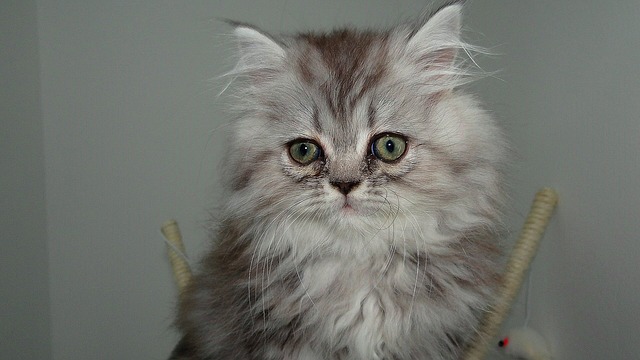
Other tests your veterinarian may run to test for kidney disease include:
-Complete blood count (CBC)—The CBC may reveal anemia (too few red blood cells) or an elevation in white blood cells consistent with infection, stress or inflammation.
-Chemistry profile with electrolytes
-Urinalysis with sediment exam—Examining a urine specimen, especially, prior to any treatment, is a simple and economical way to gauge urine quality.
-Urine culture with susceptibility
-Urine protein to creatinine ratio test
-Diagnostic imaging—Using radiography (X-rays) and ultrasound to identify changes in the size, shape, and architecture of the kidneys and their plumbing may show a need for emergency treatment.
-Infectious disease testing—Routine testing of all sick cats for feline leukemia virus (FeLV) and feline immunodeficiency virus (FIV) is advised. Your veterinarian might recommend other tests looking for infectious diseases.
-Blood pressure measurement—High blood pressure is common in cats with chronic kidney disease.
-Thyroid testing—Hyperthyroidism can mimic or mask signs of kidney disease and frequently affects older cats.
-“Kidney Sampling”
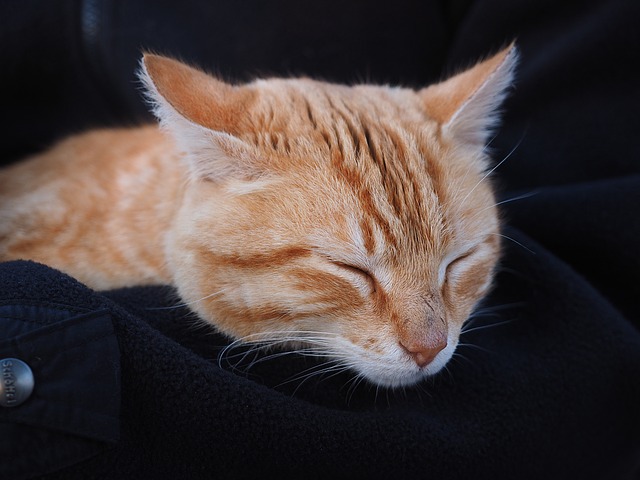
What are the symptoms?
If you cat has significant kidney damage, she is likely to exhibit some of the following symptoms:
-Excessive thirst
-Excessive urination
-Leaking urine
-Vomiting
-Diarrhea
-Loss of appetite
-Weight loss
-Depression
-Anemia
-Weakness
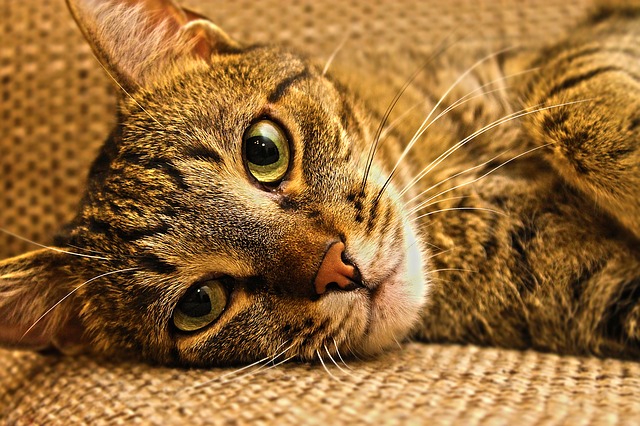
How is chronic kidney disease treated?
According to Healthy Pets:
“Fluid therapy is usually recommended initially to deal with dehydration, anorexia, and vomiting, and to flush the circulating waste products out of the kitty’s system. Depending on the animal’s condition, fluid therapy may be administered in the hospital intravenously, and once the cat is stable and rehydrated, most owners want to learn how to give sub-Q fluids at home. Subcutaneous fluids are injected under the skin usually in the scruff of the neck between the shoulder blades. Cats tend to handle this pretty darn well…The frequency of injections depends on the severity of disease.
A diet high in excellent quality protein and lower than normal amounts of sodium and phosphorous is recommended. Controlling phosphorous intake has proven to be very important in controlling the progression of kidney disease. Many veterinarians still insist that a renal diet should be low in protein, despite studies that show aging pets – including those with kidney disease – need more, not less protein. But it has to be very high quality protein.
Many veterinarians will suggest a prescription dry food diet for kidney disease, but I absolutely recommend against this as well. Unless a prescription dry food is the only food your cat will consume, I don’t recommend you feed prescription dry kidney diets. Cats with renal disease do best eating high-quality human grade canned food or a fresh, balanced homemade diet. Cats with the disease still eating kibble should be transitioned if at all possible to a diet that provides much more moisture to help nourish the kidneys.
Most importantly, cats with kidney disease must continue to eat. Unlimited access to fresh water should always be provided.”
Various other medications may be prescribed to help with your cat’s specific symptoms and degree of kidney damage. Dialysis and kidney transplants are occasionally offered at veterinary teaching hospitals, but they are extremely rare and expensive and not usually the best course of action.
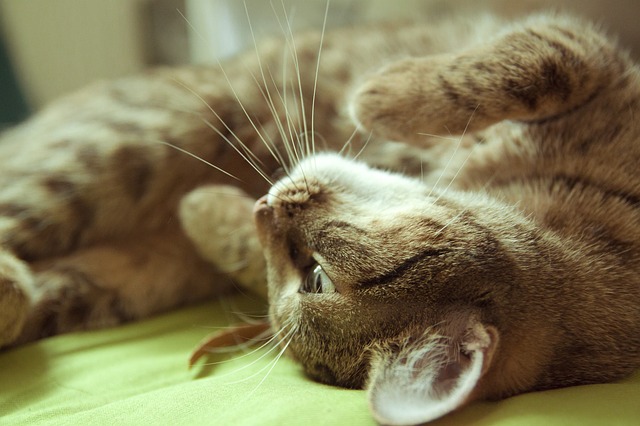
How can I prevent my cat from getting kidney disease?
It is thought that most cats don’t drink enough water, and that this is a top cause of chronic kidney disease. Cats in the wild get most of their moisture from the prey that they eat, so house cats don’t have much instinct to drink from a water bowl. Adding wet food to your cat’s diet can help increase your cat’s fluid intake. Other ways to entice your cat to drink water include having a fountain for them to drink from, putting ice cubes in their bowl, and using stainless steel water bowls instead of plastic.
PetFinder also recommends that you:
“Limit your cat’s exposure to toxic substances:
-Ethylene glycol antifreeze should not be used in the household, as less-toxic propylene glycol versions are available.
-Human and veterinary medications should be monitored and kept out of reach of pets at all times. Never administer human medications to felines without calling the veterinarian first.
-Pull lilies out of any flower arrangement entering the house, as all portions of the plant are extremely toxic to cat kidneys.
-Keep your cat indoors, as cats who roam are exposed to all manner of environments out of your control.”

Now that you are armed with information, you have the ability to extend your cat’s life by hopefully preventing, and if not, identifying, chronic kidney disease in enough time to manage it for several otherwise healthy years.
(H/T: Healthy Pets, Pet Health Network, PetFinder, Petful)

